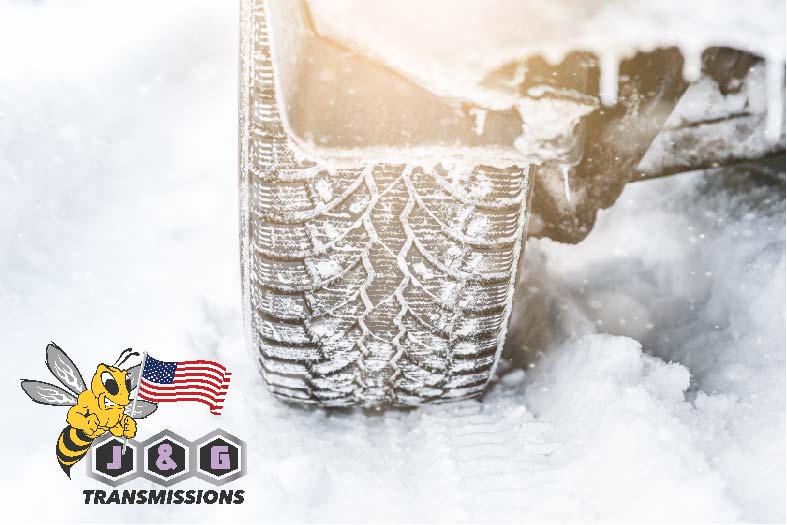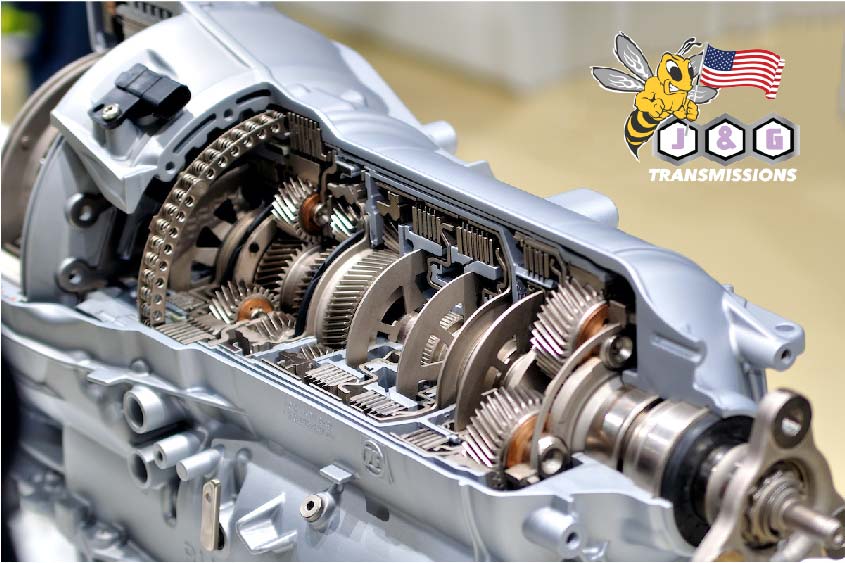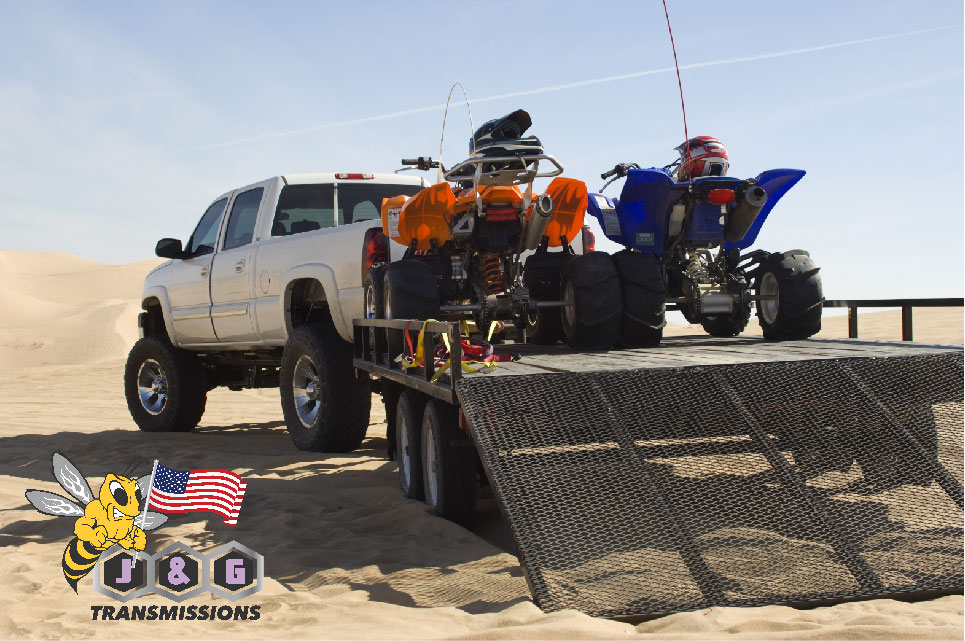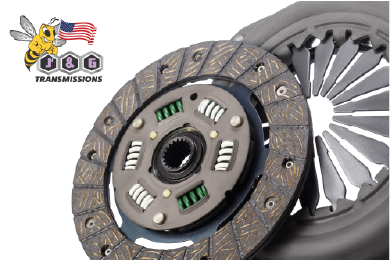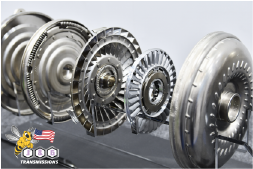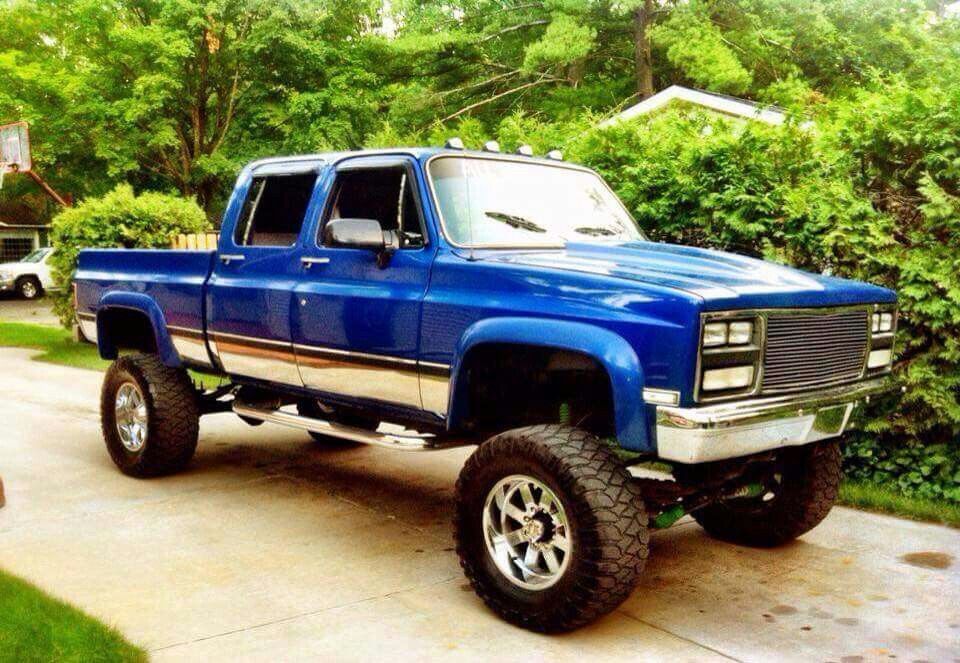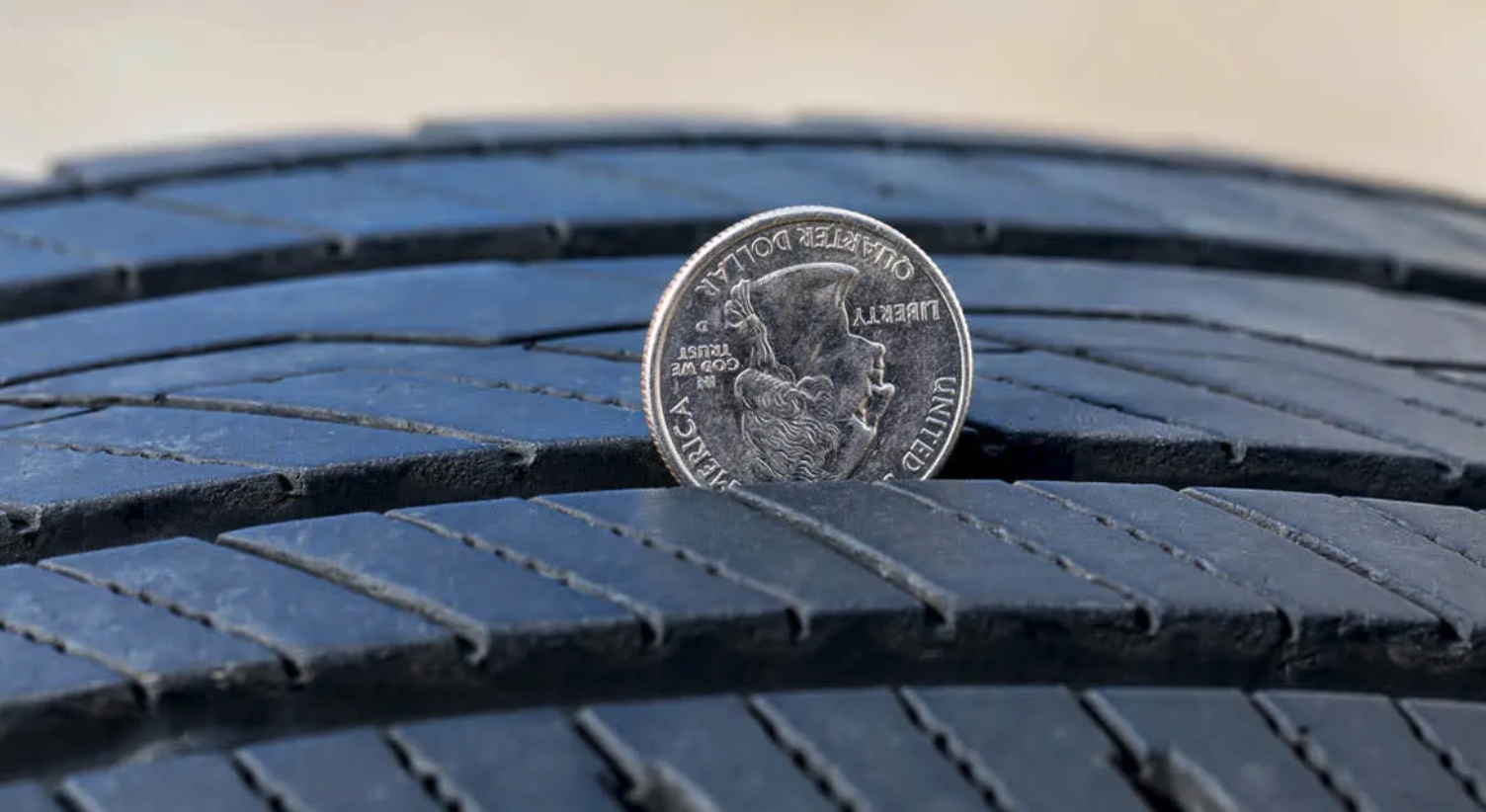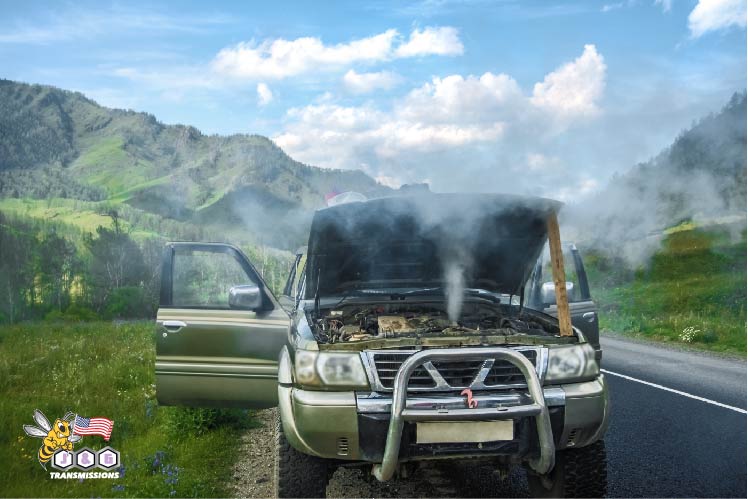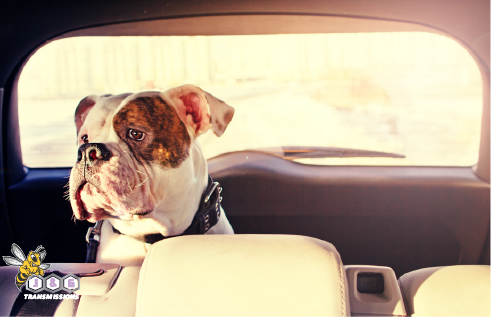You’re not imagining things — your tire pressure is shifting with the weather. As seasons change and temperatures fluctuate, you’ll likely experience varying levels of PSI. If you’re not careful, this can lead to overinflation or underinflation of your tires. Combat inconvenient repair costs by learning how weather affects your tires and what you can do to keep them in excellent working condition.
WHY IS TIRE PRESSURE IMPORTANT?
If tire pressure is too low or too high, your tire performance may become compromised — increasing the likelihood of various safety concerns. PSI imbalance can also lead to premature wear, high replacement costs, and poor fuel efficiency.
To combat these issues, it’s important to learn how to check your PSI to help maintain proper tire pressure levels. This way, you can spot potential issues before they create more significant problems.
WHY DOES TIRE PRESSURE CHANGE?
When air molecules experience cold temperatures, they move slowly and stick closer together — taking up less physical space. In warmer temperatures, air molecules move quickly and spread out more — taking up more physical space.
When the air molecules inside your tires heat up, they expand, often leading to increased tire pressure.
As you might expect, the opposite is true for cold air. If the temperature outside drops suddenly (like it does overnight in the fall and spring seasons), the air in your tires can become condensed, leading to a loss of pressure.
THE RELATIONSHIP BETWEEN PSI SHIFTS AS TEMPERATURE CHANGES:
Higher temperatures = higher pressure and overinflation
Lower temperatures = lower pressure and underinflation
STAYING AHEAD OF THE TIRE PRESSURE-TEMPERATURE RELATIONSHIP IN WINTER
During the colder months of winter, you may suspect that your tires are low on air in the early mornings. Often, the heat of driving on the road is enough to expand the air and restore proper pressure levels. But sometimes, you need to take further action to keep your tires rolling efficiently.
HERE ARE TIRE PRESSURE SYMPTOMS TO LOOK FOR IN WINTER:
Is your TPMS light on? If it goes off within a few minutes of driving, you’ve likely reached a safe tire pressure. If it stays on throughout your trip, the roadway friction alone may not be enough to increase your tire pressure efficiently (in which case you should add air to your tires). Alternatively, it could signify a leak or puncture.
Are your tires visibly flattened? If your tires look deflated, they probably are. Pull into your nearest tire shop for a tire pressure check.
Do you notice increased road noise? Low tire pressure can change how your car’s weight sits on top of the tires, leading to increased drag and louder road noise.
So, how do you combat tire pressure loss due to temperature? If you see any of these symptoms during winter, try adding more air to your tires. If these issues persist, you could have a leak in one or more of your tires. It’s a good idea to have your tires inspected and repaired by a pro in those cases.
For any auto repair questions or a free transmission repair estimate, visit www.jandgtransmissions.com or call 801-262-2321. More tire maintenance tips are also available at: https://www.ustires.org
Author: Samuel
Transmission Repair FAQ’s & Answers
Transmission problems can be a source of stress and confusion for many vehicle owners. When it comes to transmission repair, it’s natural to have questions. To help you better understand this critical component of your vehicle, we’ve compiled a list of frequently asked questions about transmission repair, along with detailed answers.
1. What are the common signs of transmission problems?
Common signs include slipping gears, rough or delayed shifting, strange noises (like grinding or whining), a burning smell, and warning lights on your dashboard.
2. How often should I service my transmission?
Regular transmission maintenance is crucial. Manufacturers often recommend servicing every 30,000 to 60,000 miles. Check your vehicle’s manual for specific intervals.
3. What is transmission fluid, and why is it important?
Transmission fluid lubricates and cools the transmission. It’s crucial for proper function. Low or dirty fluid can lead to damage. Ensure it’s at the correct level and clean.
4. Can I check my transmission fluid level myself?
Yes, you can, but it can be tricky. Consult your owner’s manual for instructions. Some vehicles require the engine to be running while checking, while others don’t. We can always assist you with this.
5. How much does transmission repair cost?
The cost varies widely depending on the issue, type of vehicle, and labor rates in your area. Minor repairs can cost a few hundred dollars, while major overhauls can cost several thousand dollars.
6. Is it better to repair or replace a damaged transmission?
It depends on the extent of the damage. Minor issues like a faulty solenoid or sensor may be repaired, while major internal damage often necessitates a replacement or rebuild. Contact J & G Transmissions for an honest opinion.
7. What is a transmission rebuild?
A transmission rebuild involves disassembling the transmission, replacing worn or damaged parts, and reassembling it to factory specifications. It’s often a cost-effective option compared to a full replacement. “Updating” the transmission uses more durable components and updated part designs to reduce future transmission problems.
8. How long does transmission repair take?
The time needed varies but typically ranges from one day to a week. Complex repairs or ordering specialized parts may extend the duration.
9. Can I drive with a slipping transmission?
Continuing to drive with a slipping transmission can cause further damage. It’s best to have it inspected and repaired promptly.
10. Is it possible to prevent transmission problems?
Regular maintenance, such as fluid flushing, changes, and inspections, can extend your transmission’s lifespan. Avoiding aggressive driving and towing beyond your vehicle’s capacity also helps.
11. Are there any DIY transmission repairs I can do?
Simple tasks like changing transmission fluid and filters can be done by DIY enthusiasts. However, major repairs and diagnostics should be left to professionals. If you find metal shavings inside your transmission when servicing it yourself, have it inspected by a professional.
12. How do I choose a reliable transmission repair shop?
Look for shops with experienced technicians, positive reviews, and proper certifications. Don’t hesitate to ask for references and estimates before committing. Find a shop that offers updates to your old transmission design.
13. Are transmission repairs covered by warranties?
New vehicles often come with a manufacturer’s warranty covering the transmission. Some repair shops also offer warranties on their work. Always clarify warranty terms. You typically get what you pay for when it comes to warranties.
14. Can transmission repair affect my vehicle’s fuel efficiency?
Yes, a well-maintained transmission can improve fuel efficiency. A poorly functioning transmission can cause your engine to work harder and consume more fuel.
In conclusion, understanding transmission repair is crucial for every vehicle owner. Regular maintenance, prompt attention to issues, and finding a reputable repair shop are keys to keeping your transmission running smoothly. If you ever encounter transmission problems, don’t hesitate to seek professional help to ensure your vehicle’s safety and longevity.
Still have a question about transmission repair or need transmission repair? Contact J & G Transmissions www.jandgtransmissions.com. Check us out on Facebook at: https://www.facebook.com/JandGTransmissions
Towing a Trailer? Read This First
Towing a trailer may sound like a piece of cake – but there is more to it than that. If you want to tow it safely, here are some things you need to know.
Before picking up a trailer, be sure that your vehicle has the capacity to safely pull it.
Always check the trailer to be sure that it is roadworthy. Be sure that the wires are hooked up correctly. Check the tail lights, brake lights, and the turn signals. Replace any burned-out bulbs.
Make sure that the trailer is firmly attached to the hitch, and ensure that the trailer stand is raised enough for good clearance. Check for dragging chains and raise them if necessary.
Know the height of the trailer so you don’t take the top off by hitting a low bridge or a canopy at a fast food restaurant.
On the Road
Vehicles with trailers may need to follow special rules. One of them is that you may need to stay in the right-hand lane on the highway.
It takes longer to slow down when towing a trailer, especially downhill. Keep a greater distance between you and the vehicle in front and watch your speed.
If your vehicle is running hot, take a break and let it cool, or slow down going up those canyons.
Know that a trailer won’t always follow directly behind you when making a tight turn.
Backing Up
Check for objects, vehicles, or people behind you before backing up. Larger mirrors are highly recommended.
Do not let the trailer be at less than 90 degrees in relation to your vehicle when backing up. This leads to a jack-knife situation.
BW Trailer Hitches did a great video on how to back up a trailer. Here is the link: https://www.youtube.com/watch?v=vVVEl917UOU
If you live in the Murray, UT area, we would like to ensure your truck or SUV is ready for towing. Let us help you get it ready at J & G Transmissions. Visit our homepage at https://jandgtransmissions.com/ or call us today for more information at (801) 262-2321.
How a Clutch Works
When you sit behind the wheel of a manual transmission vehicle, you control more than just speed and direction. You also have the power to engage and disengage the clutch, a fundamental component that bridges the gap between the engine and the transmission. Understanding how a clutch works can give you insights into the intricate dance of gears and power transfer that makes your vehicle move smoothly.
The Basics of a Clutch
A clutch is essentially a mechanical device that connects and disconnects the engine’s power from the transmission and, subsequently, the wheels. It allows the driver to change gears and come to a complete stop without shutting off the engine. At the heart of this mechanism are two essential components: the clutch disc and the flywheel.
Clutch Disc: The clutch disc, located between the engine and the transmission, is a flat, circular plate made of friction material. It connects to the engine’s flywheel on one side and the transmission’s input shaft on the other. Pressing the clutch pedal releases pressure on the clutch disc, separating it from the flywheel and interrupting the power flow from the engine.
Flywheel: The flywheel is a heavy, smooth disc attached to the engine’s crankshaft. It stores rotational energy and maintains a consistent speed. When the clutch is engaged, the flywheel provides the necessary momentum for the engine to keep running smoothly even when the clutch is disengaged.
Working Mechanism
When you press the clutch pedal, you’re essentially pushing against a hydraulic or mechanical linkage system. This action releases the pressure on the clutch disc, which separates it from the flywheel. As a result, the power flow between the engine and the transmission is temporarily interrupted, allowing you to change gears or bring the vehicle to a stop without stalling the engine.
Changing Gears: As you shift gears, you engage different sets of teeth within the transmission. The disengagement of the clutch during this process prevents the gears from grinding against each other, ensuring a smooth transition. Once you’ve selected the desired gear, releasing the clutch pedal gradually allows the clutch disc to reconnect with the flywheel, seamlessly transferring power once again.
Smooth Control
Mastery of clutch control is essential for smooth driving in manual transmission vehicles. Engaging the clutch too quickly after shifting gears can lead to jerky movements while releasing it too slowly can cause the engine to stall. Practice and finesse are crucial to finding that sweet spot where the clutch engages smoothly and efficiently.
Conclusion
The clutch is an intricate part of a manual transmission vehicle that allows precise control over power transfer and gear changes. Its simple yet ingenious design enables smooth driving experiences, making it a crucial component for those who enjoy the art of driving. Understanding how a clutch works can deepen your appreciation for the mechanical dance happening beneath the surface as you navigate the roads with skill and confidence.
Clutch Repair
If your clutch isn’t shifting correctly or you think you may need clutch repair shop, please visit https://jandgtransmissions.com
For a helpful video on how does a clutch work? Watch https://youtu.be/devo3kdSPQY
What Does a Torque Converter Do?
Automatic transmissions have become the norm in modern vehicles, offering a convenient and comfortable driving experience. One of the critical components that make automatic transmissions possible is the torque converter. It plays a pivotal role in transmitting power from the engine to the wheels without the need for a clutch. In this blog, we will delve into their inner workings and understand their significance in automatic transmissions.
The Basics of Automatic Transmissions
Before we dive in, let’s briefly understand how automatic transmissions operate. Unlike manual transmissions, which require the driver to engage the clutch and shift gears manually, automatic transmissions do the shifting automatically based on the vehicle’s speed and engine load.
An automatic transmission consists of several components, including planetary gearsets, hydraulic systems, and the torque converter. Together, these components work in harmony to provide seamless gear changes and efficient power delivery.
What is a Torque Converter?
At the heart of an automatic transmission is the torque converter, a fluid coupling device that transmits power from the engine to the transmission. Its primary function is to transfer torque generated by the engine to the transmission input shaft, which eventually drives the wheels.
The torque converter operates using a principle of fluid mechanics. Inside the housing, there are three main elements: the impeller, the turbine, and the stator. These components work together to allow the torque converter to adjust its torque multiplication based on driving conditions.
How Does a Torque Converter Work?
When the engine is running, it drives the impeller, a curved blade fan located at the front of the torque converter. The impeller is immersed in transmission fluid. As it rotates, it creates a flow of fluid towards the turbine, which is connected to the transmission input shaft.
The rotating fluid from the impeller exerts force on the turbine blades, causing the turbine to rotate in the same direction as the impeller. This rotation, in turn, drives the transmission input shaft, allowing power to flow from the engine to the transmission.
However, the torque converter’s design allows for some slippage between the impeller and the turbine. This slip is particularly beneficial during idle or low-speed situations, as it prevents stalling and allows the engine to continue running even when the vehicle is stopped.
Lock-up Functionality for Improved Efficiency
To improve overall efficiency, many modern torque converters are equipped with a lock-up clutch. When the vehicle reaches higher speeds, the lock-up clutch engages, mechanically connecting the impeller and the turbine, eliminating the slippage. By doing so, the torque converter operates more efficiently, reducing heat generation and improving fuel economy.
Conclusion
The torque converter is a vital component of automatic transmissions, enabling seamless power transfer from the engine to the wheels without the need for a clutch. Its fluid coupling design allows for smooth gear changes and prevents stalling during idle or low-speed situations. Additionally, the lock-up functionality improves efficiency, contributing to better fuel economy in modern vehicles.
Next time you drive an automatic transmission-equipped vehicle, take a moment to appreciate the role of the torque converter, working diligently behind the scenes to provide you with a smooth and enjoyable driving experience. As technology continues to advance, we can expect further refinements in design, leading to even more efficient and responsive automatic transmissions. More info on transmission installation
and repair can be found on our Pro page: https://jandgtransmissions.com/automotive-pros/
Videos
Check out this video on how torque converters work: https://www.youtube.com/watch?v=z5G2zQ_3xTc
Common Mistakes with Torque Converter installation: https://www.youtube.com/watch?v=Buz27CTac7k&t=1s
10 Ways to Keep Your Truck Working Like New
You love your truck, so here are ten ways to keep your truck working like new.
1. Regular Maintenance: Schedule regular maintenance for your truck. Follow the manufacturer’s recommended service schedule to keep your truck running smoothly.
2. Oil Changes: Regularly change your truck’s oil and oil filter. This will help to protect your engine and keep it running smoothly.
3. Check Fluids: Check all the fluid levels in your truck, including the coolant, brake fluid, and transmission fluid. Make sure to top them off if they are low. We recommend J&G Transmissions to flush your transmission fluid every 30k miles.
4. Clean Air Filter: Clean or replace the air filter regularly. This will ensure proper airflow to the engine and improve fuel efficiency.
5. Tire Maintenance: Keep your truck’s tires properly inflated and aligned. This will help to reduce wear and tear on the tires, increase fuel efficiency, and improve handling.
6. Brake Maintenance: Check and maintain your truck’s brakes regularly. This will ensure proper stopping power and improve overall safety.
7. Keep it Clean: Keep your truck clean, both inside and out. This will help to prevent rust and corrosion and extend the life of your truck.
8. Driving Habits: Practice good driving habits, such as avoiding hard acceleration, braking, and maintaining a steady speed. Avoid Potholes and curbs. This will help to reduce wear and tear on your truck.
9. Watch for Warning Signs: Pay attention to any warning signs that your truck may be experiencing problems. Take action immediately to prevent further damage.
10. Follow Instructions: Follow the manufacturer’s instructions for your truck, such as towing capacity, weight limits, and recommended maintenance schedules. This will help to ensure that your truck stays in good condition for years to come.
For transmission service in Salt Lake City or Murray, UT, visit J & G Transmissions.
Fastest Way to Defrost Your Windshield
You’re late for work and you have to defrost your windshield fast. Well, please allow us to make you a defrosting ninja. Here is the fastest way to defrost your finshield:
1. Turn your heater on.
Start your engine, and using the defroster setting, crank the heater up all the way to absorb excess moisture within your vehicle. Remember: Hot air can hold more moisture.
2. Press the A/C button.
This may sound counterintuitive to the whole heater thing, but really what you’re doing is activating a setting on your car’s A/C system that helps dry the air within the cab faster with the help of the coils in your A/C system.
3. Turn air recirculation off.
You need fresh air to enter the car as well. Winter air is cold, and as it does not hold much moisture, it is dry. Bringing it into your car ups absorption capacity to more quickly dry the saturated air trapped within.
4. Crack your windows.
This helps exchange the humid air in your car with dryer outside air, speeding up the process.
5. Defrost Windows.
While the above defogging action is taking place, de-frost your windows. This is an entirely separate process that should NEVER (EVER) include hot water. Defrosting quickly takes a minor amount of pre-planning, but saves a snow-capped mountain of headache later. If you can’t stand scraping, put together a solution of 2/3 cup Isopropyl or rubbing alcohol and 1/3 cup water, pouring the mixture into a spray bottle. This solution will not freeze (rubbing alcohol has a freezing point of 138 degrees below freezing), and can be stored easily in your car, allowing you to easily spray away windshield ice wherever you’re stranded.
For transmission slipping, transmission not shifting or transmission shifting hard, call J & G Transmissions, the best transmission repair shop in Salt Lake City. 801-262-2321 www.jandgtransmissions.com
Contribution Content Providers and credits: Glass Doctor
How To Tell If Your Tires Need To Be Replaced
Quick Tip:
It’s important to inspect your tires every month for damage or wear. To gauge tread depth, you simply need a quarter. Put George Washington’s head into one of the big grooves of your tire tread. If the top of his head is flush with the tread, you have about 4⁄32 inch of tread left, meaning you have some grip remaining for rainy or snowy conditions. That’s the time when you should start shopping around for new tires. If you can see space above Washington’s head, you may need to replace your tires right away. If the tires are bald or you can see a material other than rubber on your tires, they need to be addressed immediately.
There are lots of good tire choices, but the right one depends on your vehicle, where you live, your driving needs and style.
If you need a recommendation for a tire repair shop, ask the best transmission repair shop in Salt Lake, J & G Transmissions. www.https://jandgtransmissions.com
What to Do When Your Car’s Engine Overheats
Want to know what to do when your car’s engine overheats? Or what to do when your temperature gauge needle jumps to 3/4 of capacity? Here are some simple tips to save you money.
Pull Over
The first thing you need to do is to pull over and get out of traffic. Move to a safe place as soon as you can. Do not try to drive to the nearest gas station because this may burn up your engine.
Turn Your Heater On
Turn your heater and fan on high. Open the windows if it is in the summer and turn off the air conditioner. Turning on the heater will transfer some heat from your engine to the heater core. This may quickly bring down the engine temperature.
Lift the Hood
If you have steam coming from the hood, do not open it until the steam stops. You could be badly burned by it.
Open the Coolant Overflow Reservoir Cap After 5 Minutes
Do not open the radiator cap while the engine is still hot. It will release steam and very hot coolant which could severely burn you. It could also hit you in the face. Once it is cool (check the temperature gauge), place a rag over the coolant overflow reservoir cap and slowly open it.
Fill the Radiator
Look over the hoses and check for damage or leaks. If there are none, add antifreeze or water – if you have it. Otherwise, you will need to call a garage for help. In the warmer months, it is a good idea to carry a gallon of engine coolant or water with you.
If your engine overheats after you allow it to cool and add coolant, contact J & G Transmissions for recommendations on engine overheat, engine overheat problems, engine overheat or transmission overheat.
In the great city of Murray, UT, J & G Transmissions can provide service to ensure your vehicle is ready for a vacation and working properly. For more information, call us today at (801) 262-2321 or visit www.jandgtransmissions.com
Dogs Are Too Cool For Hot Cars
Keep your dog cool! In Utah, it can be freezing and raining in the morning and then heat up in the afternoon, making your car, yard, or patio, a dangerous place for your pet. A good rule of thumb is once it’s over 55 degrees outside, it’s too hot to leave your dog in your car.
Hot Weather Do’s & Don’t to Keep Your Dog Safe
Hot Cars: Once outside temperatures reach 70-degrees, temperatures in a car can exceed 116-degrees within 10 minutes. Even on a mild 75-degree day, cracking a window in your car or parking in the shade doesn’t make a difference. Temperatures inside the vehicle are deadly. Dogs can suffer from heatstroke, irreparable brain damage, or even death.
If you see a pet inside a vehicle, excessively panting, non-responsive, drooling, or listless, call Salt Lake County Animal Service’s Dispatch number immediately: 801-840-4000. Never break a window of a vehicle on your own to pull out a pet, you could be liable for damages. Take a photo of the pet, the license plate, and give that information to Animal Control Officers.
Hot Pavement: Dogs can burn their paws on the sidewalk in the summer. When in doubt test the surface yourself: place the back of your hand on the pavement. If you CAN’T stand the heat for FIVE seconds, it’s too hot for you to walk your dog. Walk your dog early in the morning, later in the evening, and leave them at home when heading to festivals or farmer’s markets.
Hot Balconies: Despite being covered, a balcony can get very hot, VERY fast. A dog left on a balcony may try to escape and injure themselves when they’re left alone and hot. A bowl of water is easily overturned, and the pet is left anxious, dehydrated, and in similar conditions as a hot car. If you see or hear a pet on a balcony that’s in distress call Animal Control: 801-840-4000.
For additional information please email animalcontrol@slco.org.
Thank you to Salt Lake County Animal Services for contributing article content.
J and G Transmissions supports animal safety and proper animal car.

